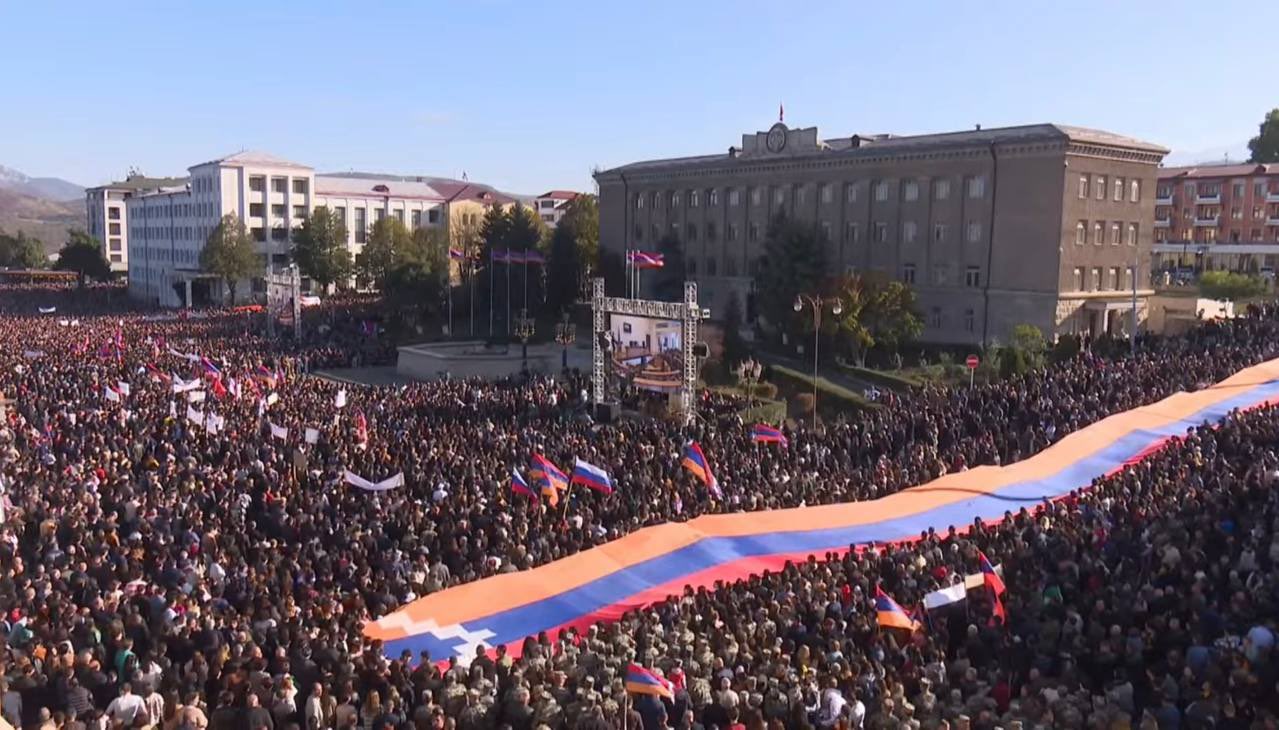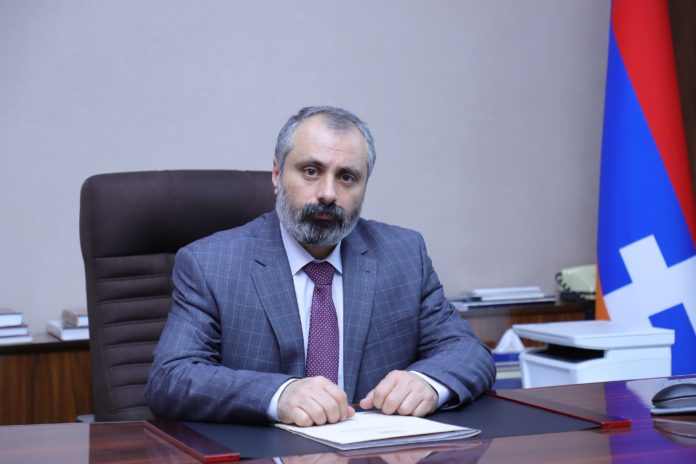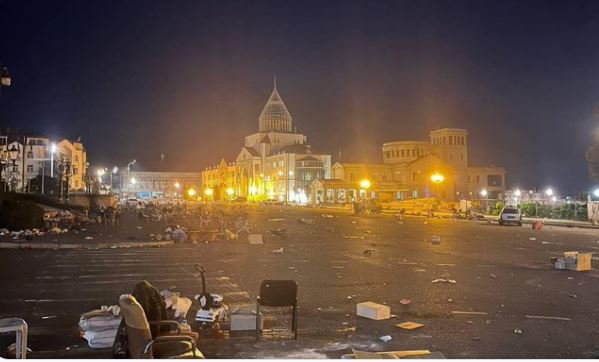What Happened
The UN on Sunday October 1st made a 1 day visit to Artsakh (Nagorno-Karabakh), largely in order to carry out an assessment mission of humanitarian needs. The mission came from the UN’s chapter in Azerbaijan. The bulk of their mission was carried out in Stepanakert, the capital of Artsakh.
The report and mission, particularly the short length and lateness of their visit, has drawn significant criticism from Armenian groups as well as Artsakh civilians.
A Limited Report
As stated, the UN’s mission, the first in Artsakh in 30 years, lasted only 1 day. The report delivered a number of striking points, however perhaps most striking of all was their population estimate for Armenian’s still within Artsakh. According to the UN report, “between 50 and 1,000 ethnic Armenians remain in the Karabakh region”.
The population of Armenians within Artsakh before Azerbaijan’s offensive on September 19th was 120,000.
Stepanakert, a month ago a city of 70,000, has been described as a “Ghost Town” by reporters. Of the 50-1,000 that remain, the majority are aid workers, government employees, other volunteers, and special needs people. As time goes on and processes continue, this number will likely further dwindle. Many expect the Armenian population will fully leave Artsakh.

The report describes the exodus, adding they had not come across any reports of violence against civilians:
“The mission was struck by the sudden manner in which the local population left their homes and the suffering the experience must have caused. The mission did not come across any reports – neither from the local population interviewed nor from the interlocutors – of incidences of violence against civilians following the latest ceasefire”.
Further in the report they stated they were unable to access rural areas, which is likely the source of such a large variance in their population estimate of 50-1,000 due to a lack of ability to properly survey the region.
The UN stated that they intend to return to the region in the future, their full report may be read here.
“What is there left for the UN to monitor?”
A quote from an interview of a former Artsakh civilian named Aren Harutyunyan. Aren was not alone in this thought, as many Armenian rights groups and media companies have critiqued the UN for only arriving after 99% of the population had left. Part of the UN’s missions purpose was to assess humanitarian needs, however it seems the bulk of this will be taking place within Armenia itself, where all of the refugees have now gone.
Al Jazeera aired footage from Stepanakert’s Renaissance Square which showed vehicles, plastic chairs, and trash littering the streets. The only life in sight being a few dogs walking around that, seemingly, had also been abandoned.
In Al Jazeera’s reporting they stated they only saw a few aid workers, as well as a few elderly and disabled people who were preparing to be transported by the Red Cross into Armenia.
latest footage from Stepanakert's central square pic.twitter.com/x8CKf366HJ
— Hov Nazaretyan (@HovhanNaz) October 1, 2023
Political Arrests
Azerbaijan controls the Lachin Corridor, which is the only road connecting Armenia with Artsakh itself. It is this road that the Armenian refugees have used to leave Artsakh, however they must first pass through an Azeri military checkpoint close by the border with Armenia. At this border today (October 3rd) Azerbaijan arrested 4 major Artsakh officials, and is reported to have brought them to Baku, the capital of Azerbaijan. 3 of those detained are former President’s of Artsakh, Arayik Harutyunyan, Bako Sahakyan, and Arkadi Ghukasyan. Additionally, Artsakh Parliament Speaker Davit Ishkanyan was also arrested.
Harutyunyan served as Artsakh’s President until very recently. He was elected in May 2020, and served until the 1st of September 2023 amidst Azerbaijan’s blockade of Artsakh, just shy of 3 weeks before Azerbaijan launched their offensive on the 19th. Harutyunyan served as President during the 44-Day War, or the Second Karabakh War.
Notably, a number of high-ranking Artsakh officials have been arrested by Azerbaijan and brought to Artsakh. Ruben Vardanyan, a Russian-Armenian billionaire that previously served as Artsakh’s state minister (from November 2022 – February 2023), was arrested on September 27th by Azeri border police. David Babayan, Artsakh’s former State Minister, turned himself in to Azeri authorities in Shushi, a city seized by Azerbaijan in 2020. Babayan announced his decision on facebook. His statement may be read below.



